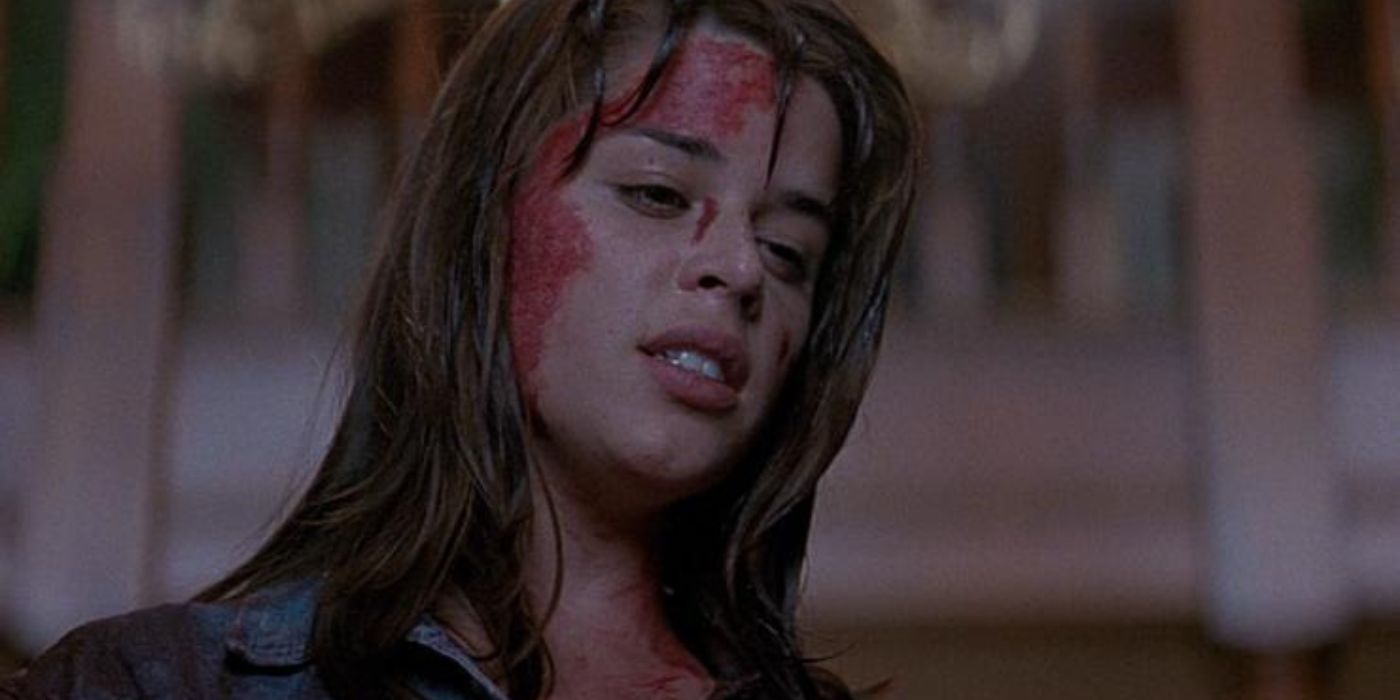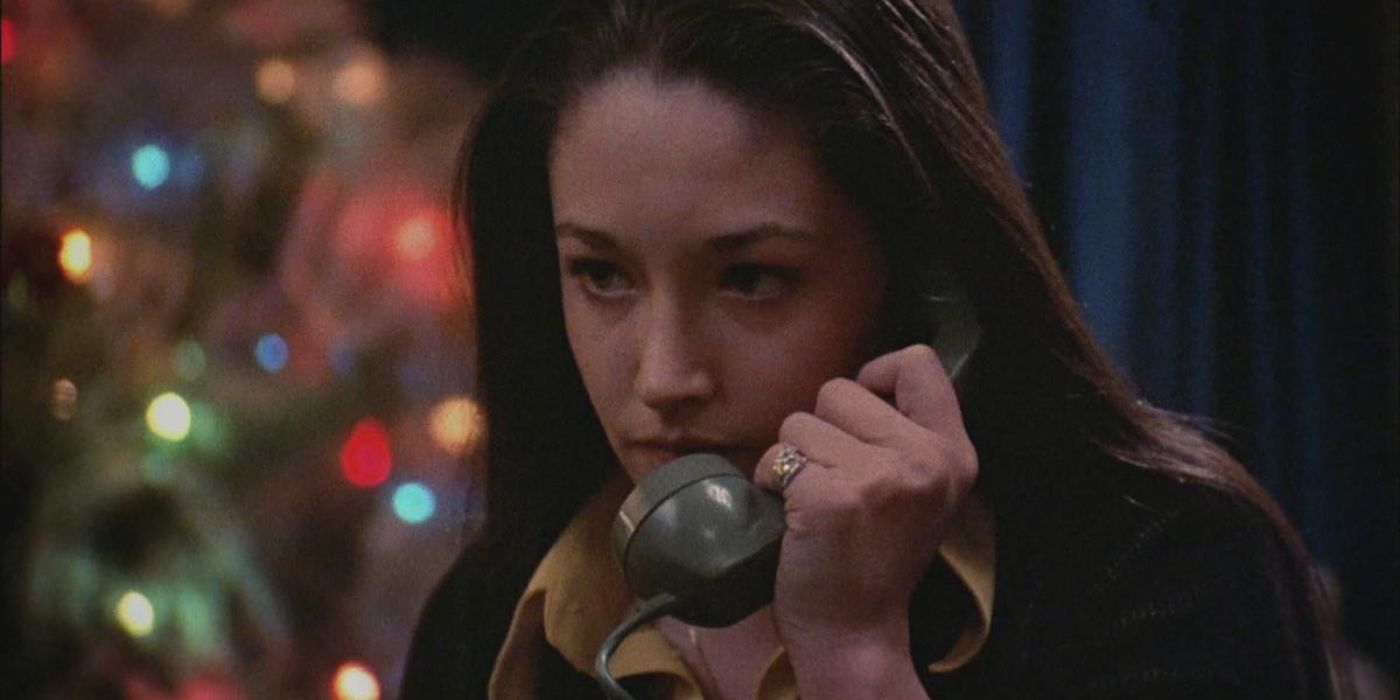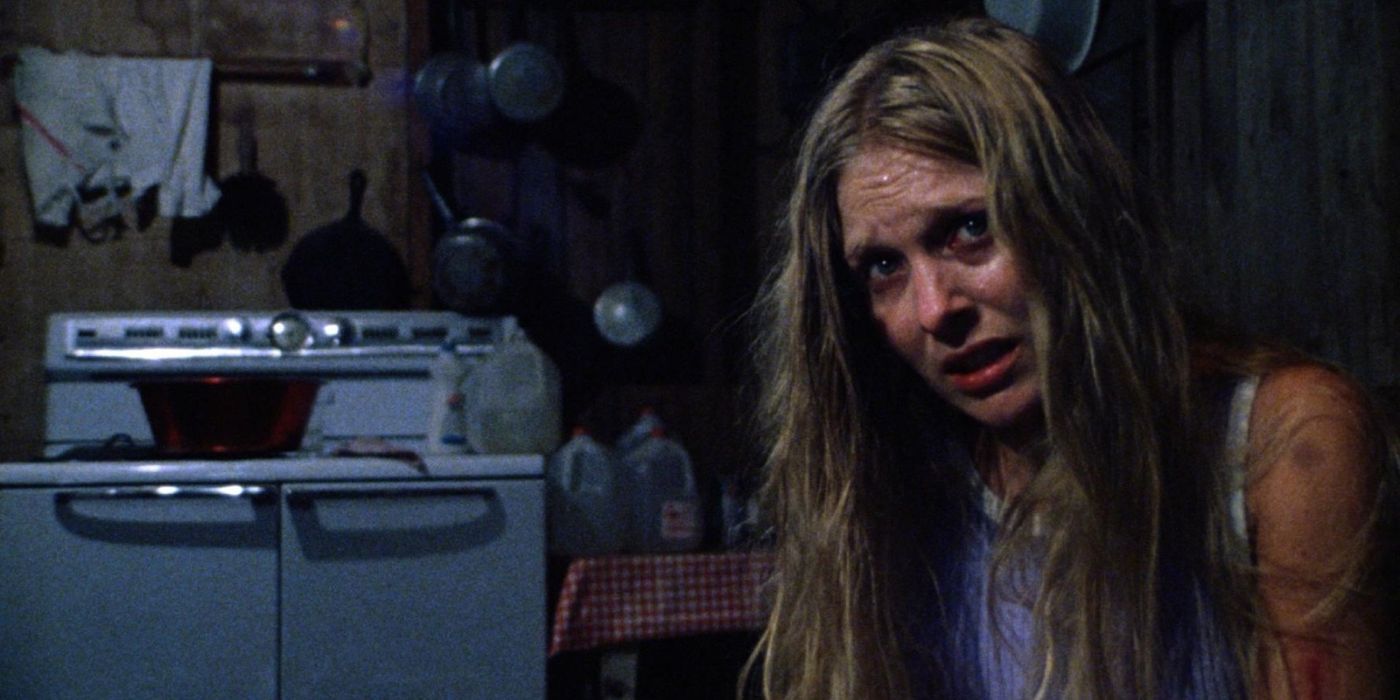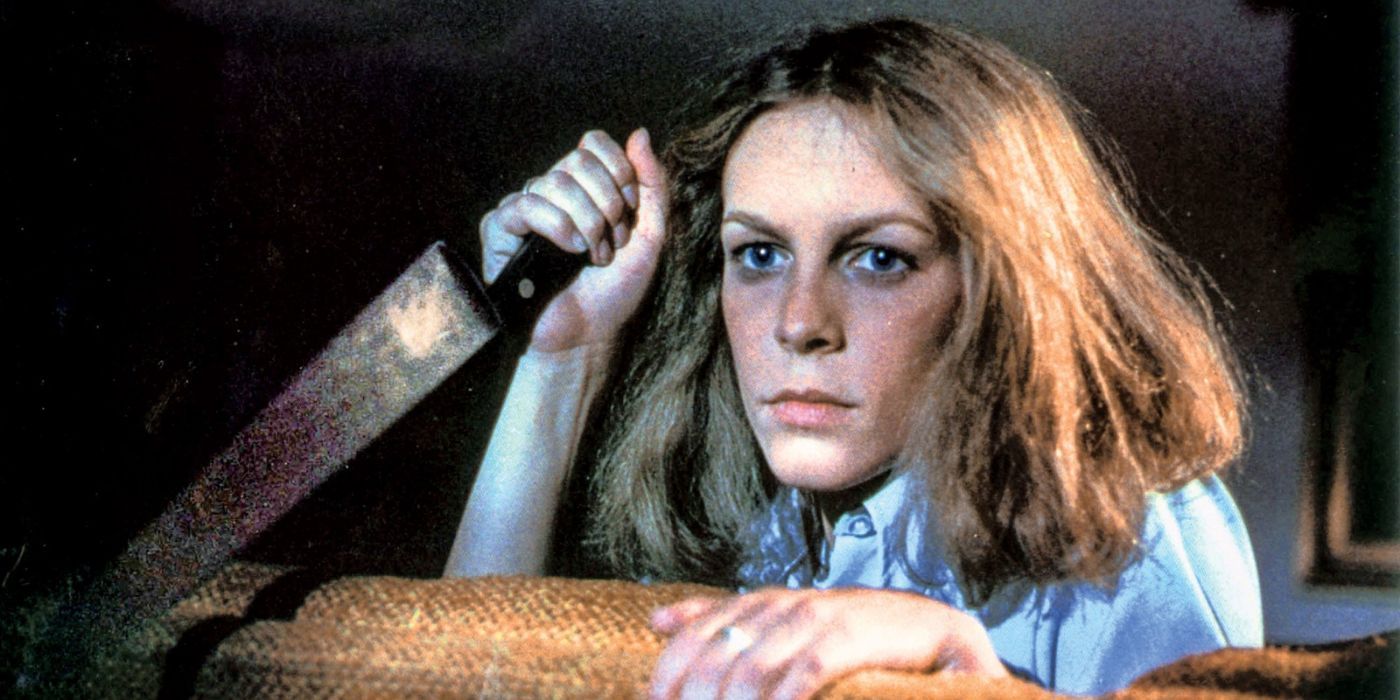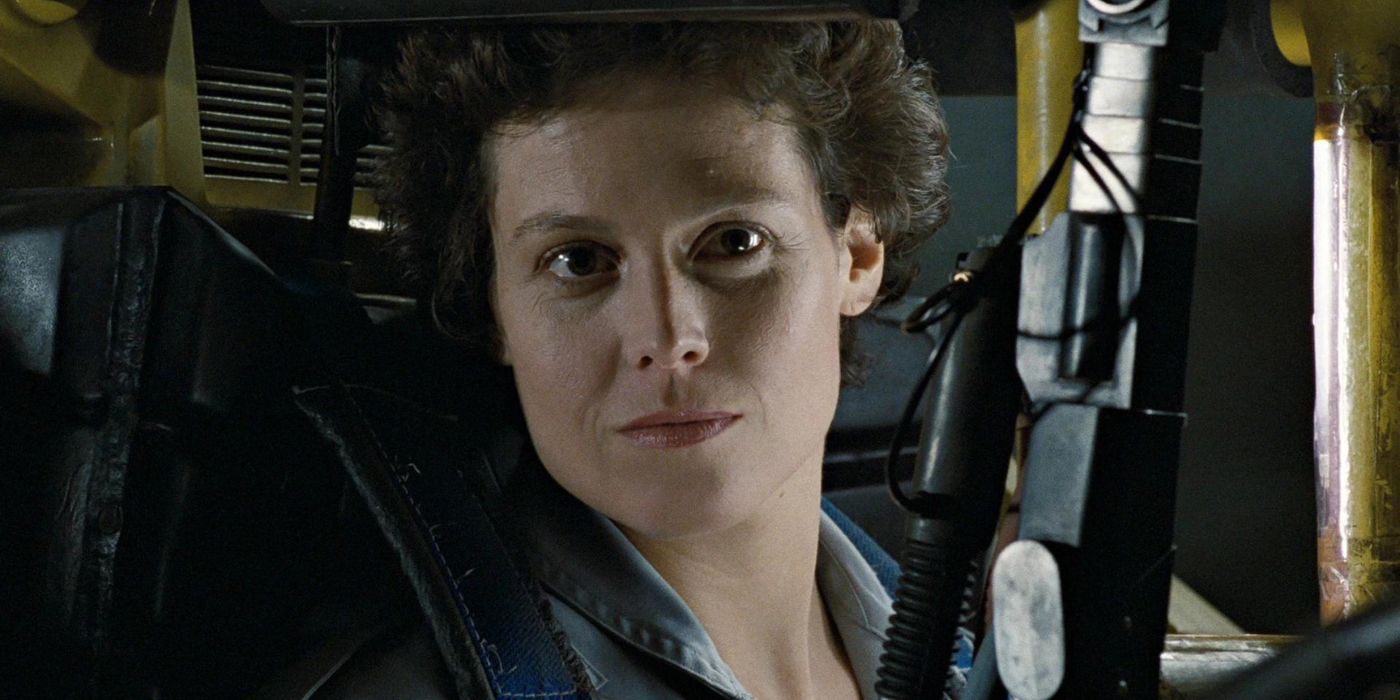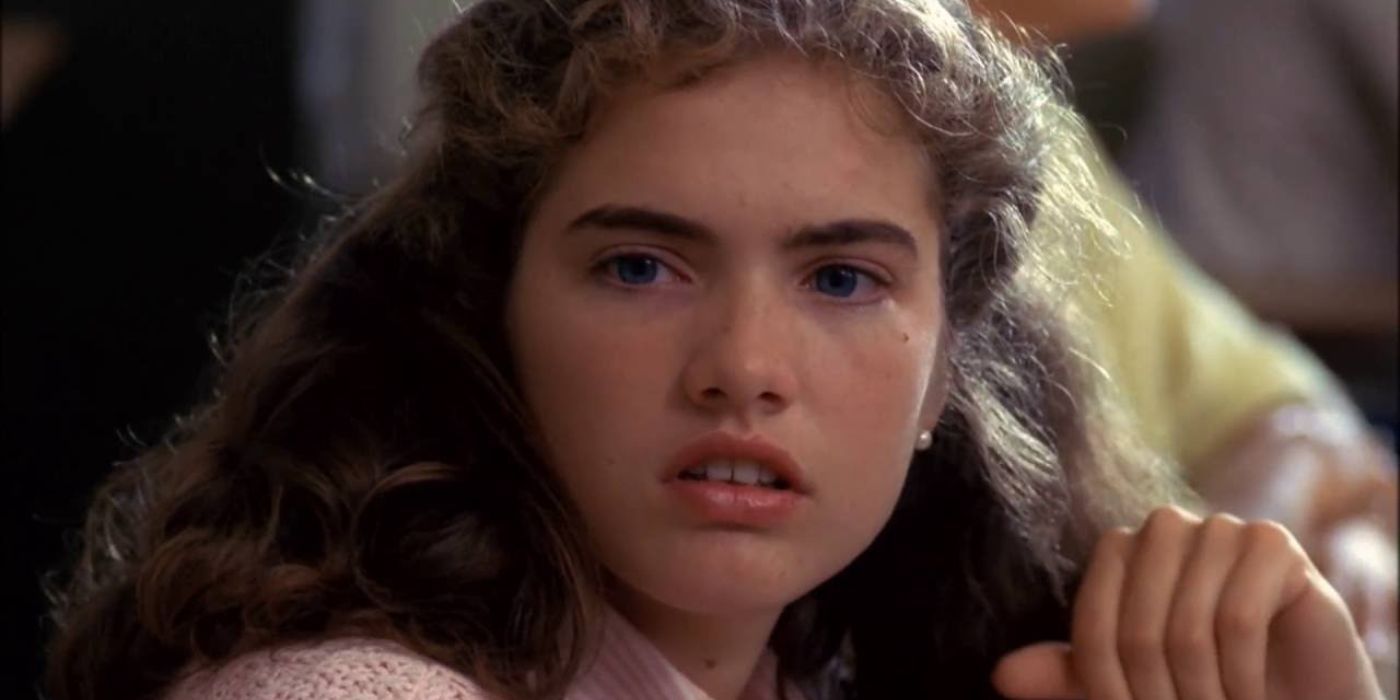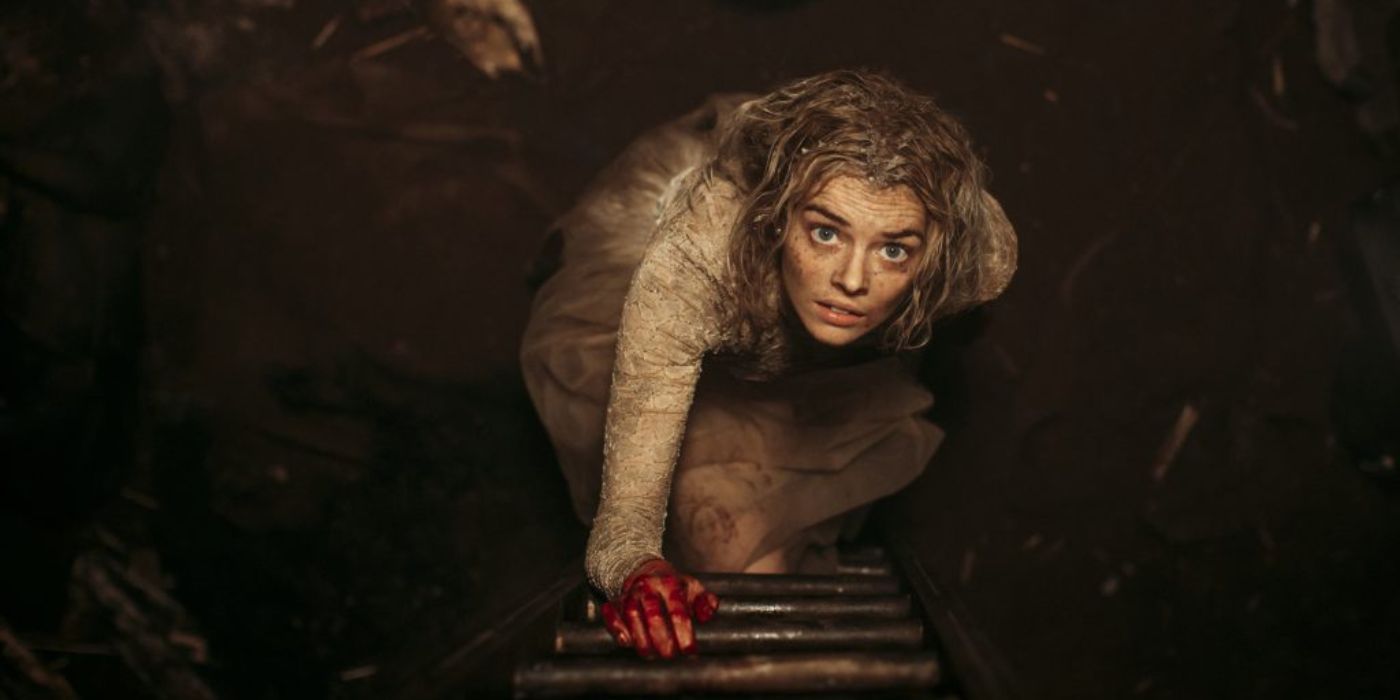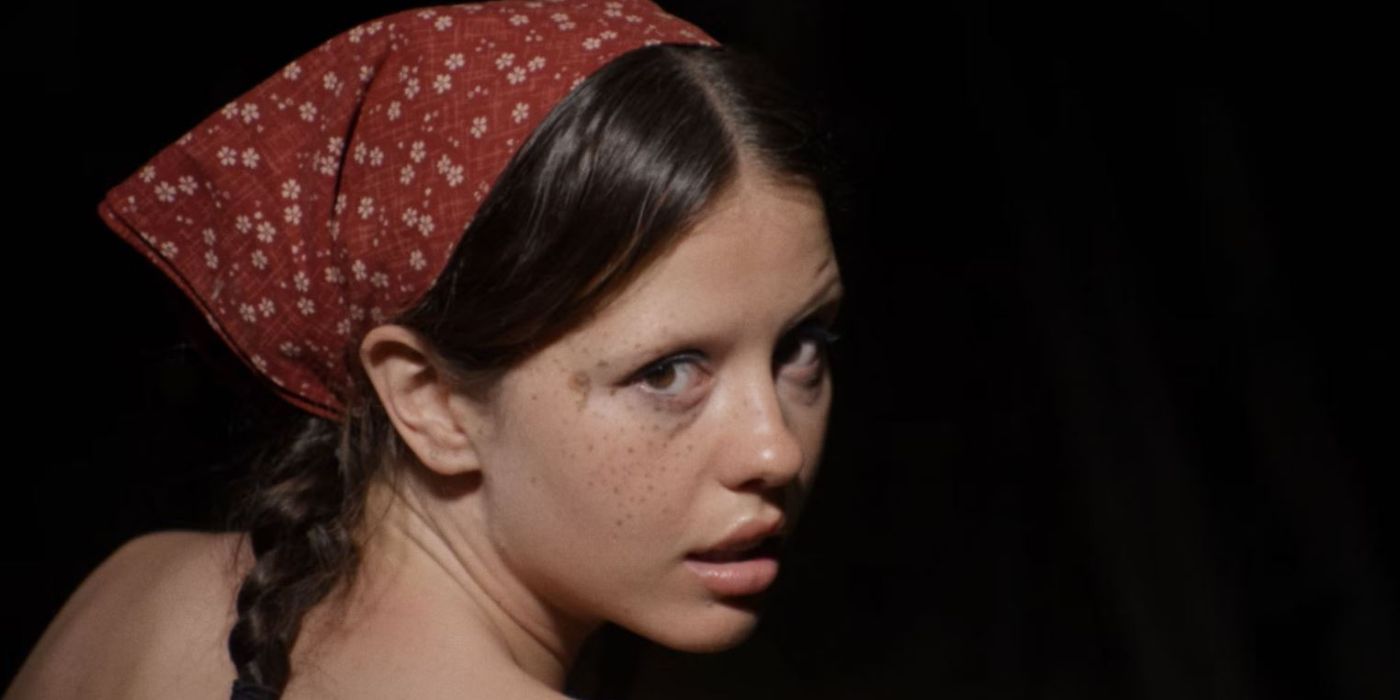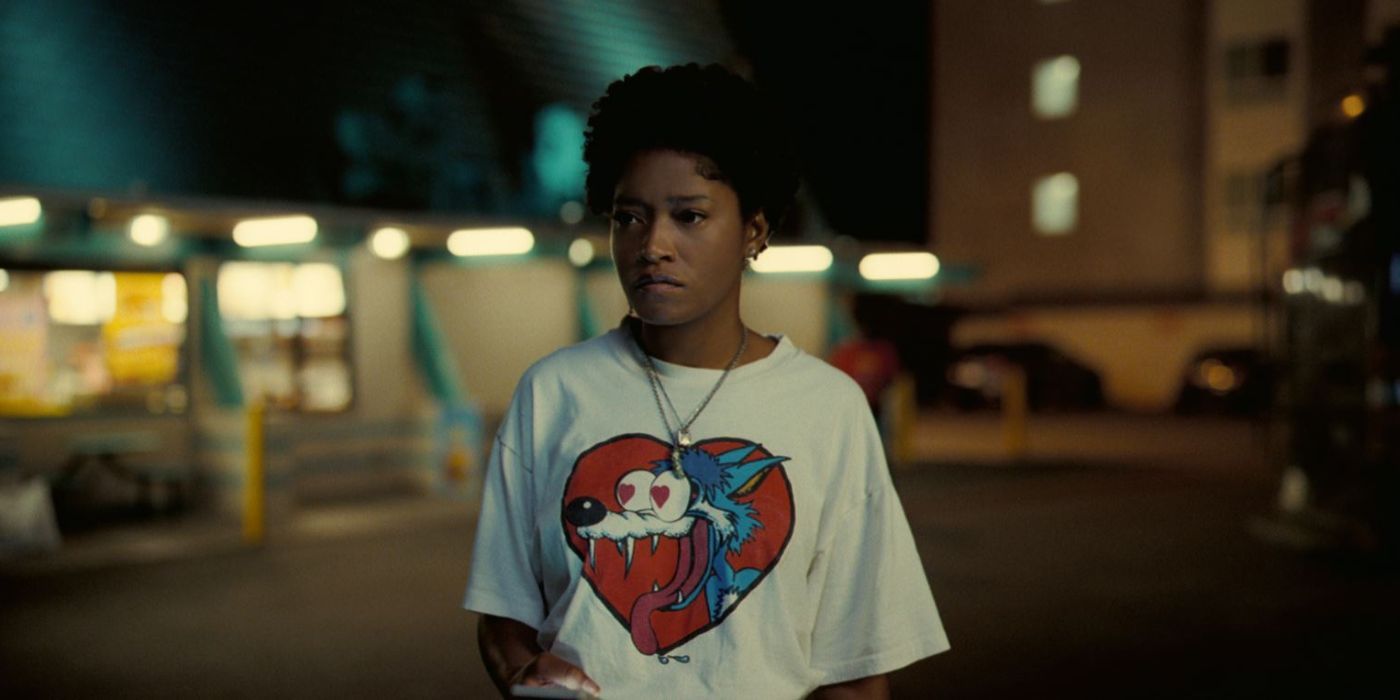Coined by Carol J. Clover in her book Men, Women, and Chainsaws: Gender in the Modern Horror Film (1992), the "Final Girl" is a long-established trope in horror movies, particularly in slasher flicks. It refers to the last girl or woman who, after experiencing immense loss and suffering, is miraculously still alive to confront the killer in a final showdown.
Throughout the years, the trope has been reused and reinvented countless times. However, there are a few Final Girls who stand out in horror movie history as the most iconic examples of this archetype.
The following entries contain spoilers.
Jess Bradford from ‘Black Christmas’ (1974)
Jess Bradford (Olivia Hussey) from Black Christmas is a frequently overlooked Final Girl, often in the shadow of her slasher sisters. However, she is one of the most iconic Final Girls because she embodies and transcends the familiar framework.
Final Girls are usually granted moral superiority because of their virginity. A sexually active unmarried woman who plans to terminate an unwanted pregnancy is closer to the sexually transgressive characters who are punished for their behavior. In any other slasher, Jess would have been killed first. But she survives, murdering her abusive boyfriend with a fireplace poker in the final showdown.
Sally Hardesty from ‘The Texas Chainsaw Massacre’ (1974)
Sally Hardesty (Marilyn Burns) from The Texas Chainsaw Massacre is one of the earliest examples of the Final Girl trope. When Sally and her friends go on a road trip through rural Texas to visit her grandfather's grave, they fall victim to a family of cannibals. One by one, her friends are picked off by a leather-masked, chainsaw-wielding mass murderer until Sally is left standing as the film’s Final Girl.
As Sally narrowly escapes in the back of a passing pickup truck, Leatherface fades into the distance, angrily waving his chainsaw in the air. The image of a blood-soaked Sally manically laughing is one of the most iconic endings in horror movie history.
Laurie Strode from ‘Halloween’ (1978)
Laurie Strode (Jamie Lee Curtis) from the Halloween franchise is regarded as one of the earliest and most influential examples of the Final Girl. As the OG "Scream Queen," every Final Girl since pays homage to her legacy.
In Halloween, she is a 17-year-old high school student who is stalked and tormented by the masked killer Michael Myers. Laurie embodies all the quintessential qualities of a Final Girl: studious, straight-laced, and ultimately victorious. In the film’s finale, she stabs the villain with a knitting needle and coat hanger. As the Halloween series continues, Laurie defeats Myers again and again, forever finishing as the franchise’s Final Girl.
Ellen Ripley from ‘Alien’ (1979)
Ridley Scott's Alien is essentially a slasher in space. The ship is a haunted house, complete with an extra-terrestrial threat hunting down crew members and killing them off one by one. Just like Alien transcends science fiction and horror genres, Ellen Ripley (Sigourney Weaver) transcends the Final Girl framework. She is tough, compassionate, and competent. But, above all, she feels like a fully fleshed-out character: the same can’t be said for every Final Girl.
The last line of Alien, “This is Ripley, the last survivor of the Nostromo, signing off,” establishes Ripley as the film’s Final Girl and one of the most iconic female characters in science fiction and horror movie history.
Nancy Thompson from ‘A Nightmare on Elm Street’ (1984)
While Freddy Kreuger (Robert Englund)—with his disfigured face, trademark red-and-green-striped sweater, and brown fedora – may be the most memorable villain in horror movie history, Nancy Thompson (Heather Langenkamp) from A Nightmare on Elm Street is often overshadowed by more famous Final Girls. However, she is easily one of the best because of her grit and guts.
Since Freddy visits his victims in their dreams, he is almost impossible to destroy, but Nancy is determined. Every time the two meet, he gets closer to killing her, and she gets closer to discovering his downfall. In the film’s finale, she sets up an elaborate set of booby traps, eventually beating the killer at his own game.
Sidney Prescott from ‘Scream’ (1996)
Just like Scream reinvigorated the slasher genre into something more self-aware and satirical, Sidney Prescott (Neve Campbell) redefined the Final Girl framework. Sidney was one of the first female characters to have sex and survive the movie. As Randy Meeks (Jamie Kennedy) explains, “There are certain rules one must abide by to survive a horror movie, for instance, number one: you can never have sex,” but Scream overcomes this misogynistic trope.
Unlike other Final Girls, Sidney isn’t a victim of her trauma. Despite the loss and suffering, she has experienced, Sidney persists. In Scream 4, she attempts to tell her story, taking control of the narrative. In the most recent installment of the franchise, Sidney is a happily married mother of three who, instead of having terror forced upon her, uses her agency to get involved in the action on her terms.
Grace Le Domas from ‘Ready or Not’ (2019)
At the beginning of Ready or Not, Grace Le Domas (Samara Weaving) appears as the dream daughter-in-law, the perfect Final Girl. However, as a family game night turns into a deadly match of hide and seek, the innocent exterior is chipped away. Instead of playing the victim, she finds pleasure in payback.
As she laughs in her blood-soaked wedding dress, surrounded by the remains of her exploding in-laws, horror fans will recognize the respectful nod to Sally Hardesty from The Texas Chainsaw Massacre. Covered in the blood of her enemies, as opposed to her friends, Grace stands on her own as the Scream Queen for a new generation while paying homage to the Final Girls who came before.
Dani Ardor from ‘Midsommar’ (2019)
When Dani Ardor (Florence Pugh) from Midsommar steps onto the screen, she is initially introduced as a traumatized young woman who is a victim of her emotionally distant boyfriend (Jack Reynor). When the couple travels to a remote Swedish village festival, the pastoral paradise becomes a disturbing nightmare. In the eternal sunlight, there is nowhere to hide.
By the film’s finale, Dani has been chosen as the festival’s May Queen, and the fate of her cheating boyfriend is left up to her. While female characters are often punished after having sex in a slasher, male characters rarely get what they deserve. As her boyfriend is burned alive in the body of a brown bear, Dani smiles in satisfaction as the film’s Final Girl.
Maxine Minx from ‘X’ (2022)
Set in 1970s rural Texas and following the cast and crew of a pornographic film, Ti West’s X pays homage to the Golden Age of slashers, including the Final Girl trope. Maxine Minx (Mia Goth) is young, beautiful, and desperate to be a star. Pearl, the elderly woman who owns the farm they are filming, has a disturbing obsession with the young actress.
As her friends are killed off in increasingly creative ways, Maxine emerges as the film’s Final Girl. In the final showdown, Maxine runs an injured and begging Pearl over with a truck before driving off into the distance.
Emerald “Em” Haywood from ‘Nope’ (2022)
Jordan Peele has proved his ability to subvert classic horror tropes with Get Out and Us, but Nope takes one step further. Seasoned horror fans will know that certain characters rarely make it out of scary movies alive: Black, queer, and funny characters are usually the first to be axed.
Nope concludes with Emerald “Em” Haywood (Keke Palmer)—a funny, queer, Black woman—surviving and thriving. Not only does Emerald make it out alive, but she also gets to save the day. She is a new kind of Final Girl for the modern era.

